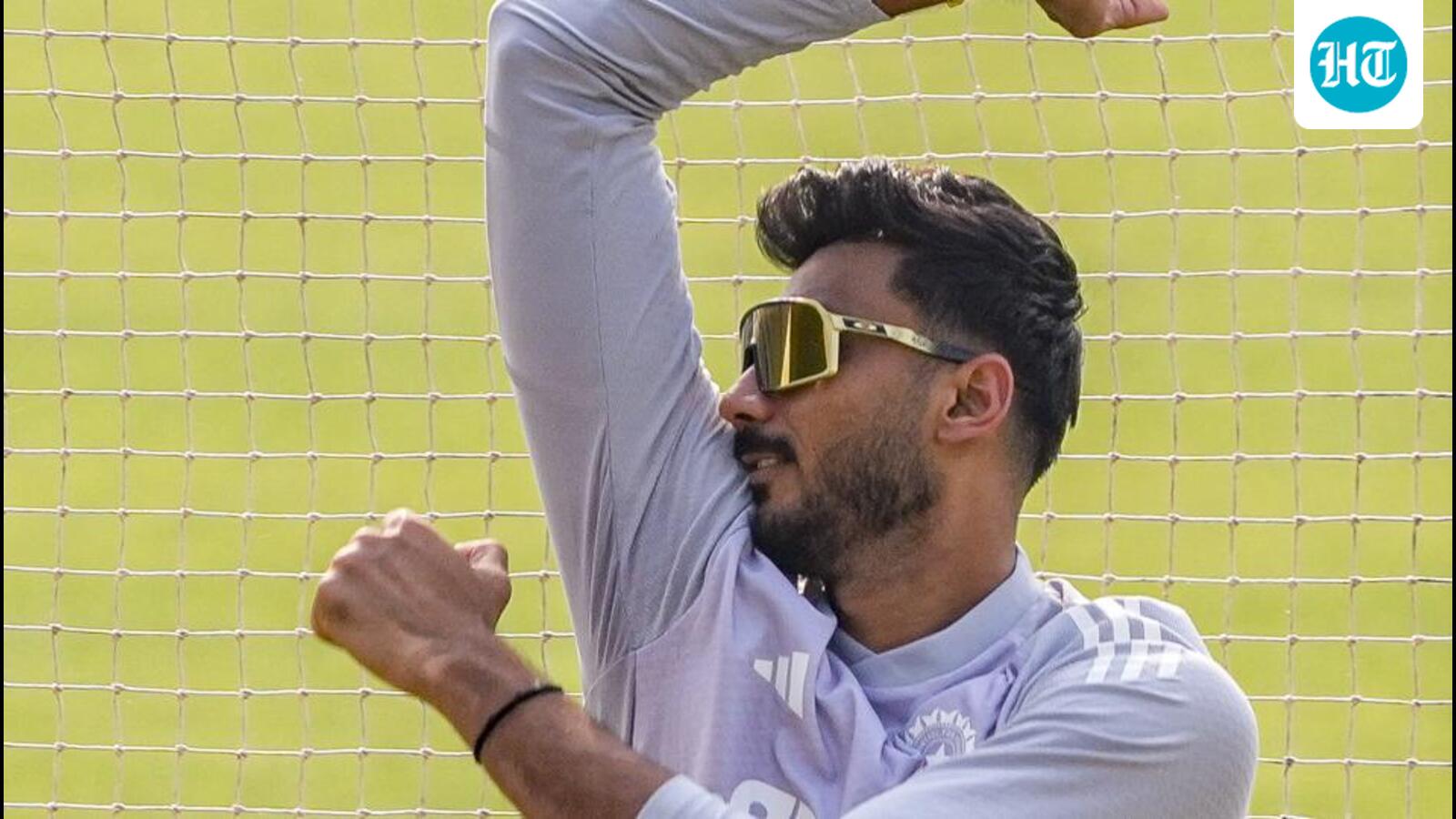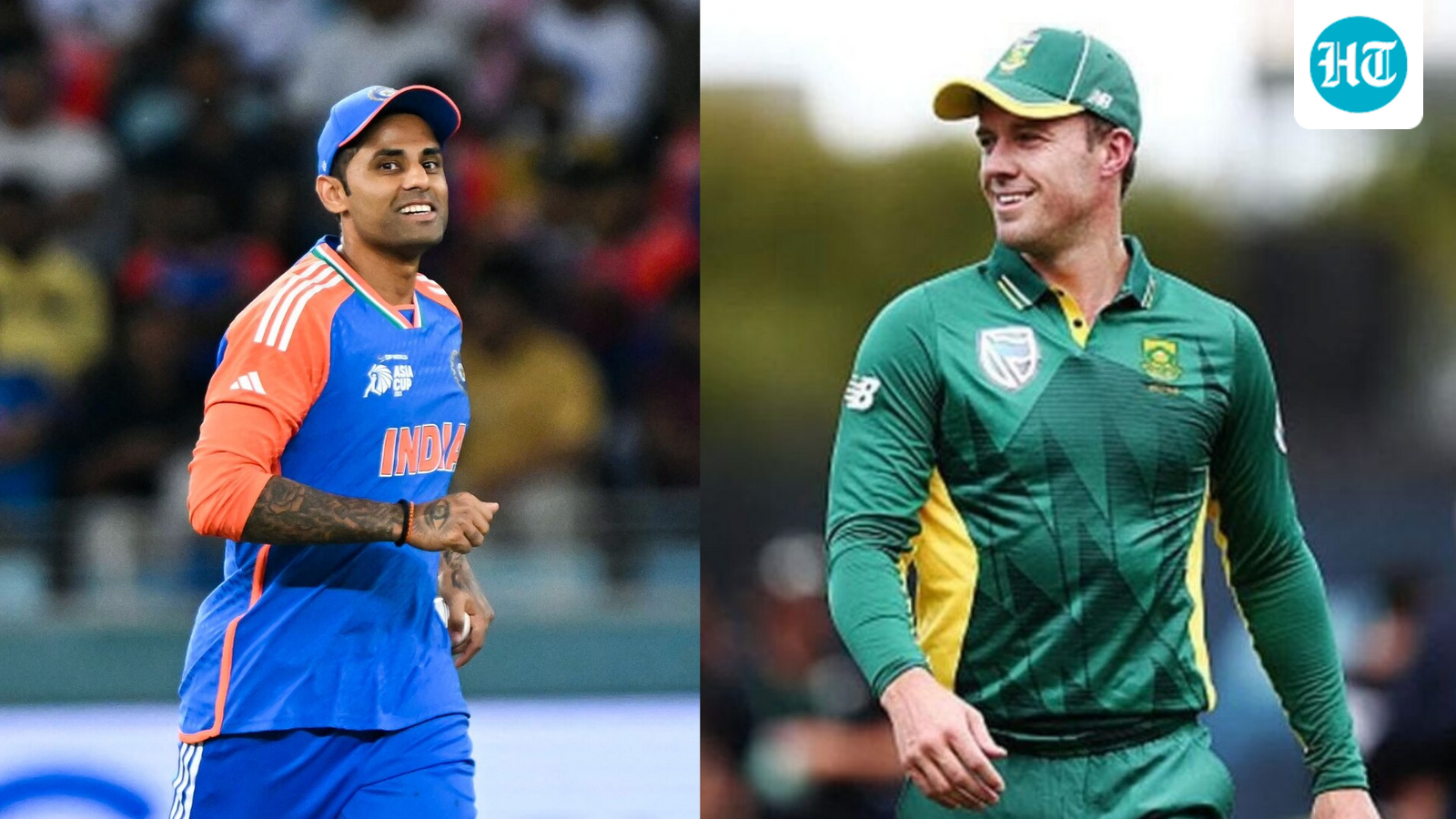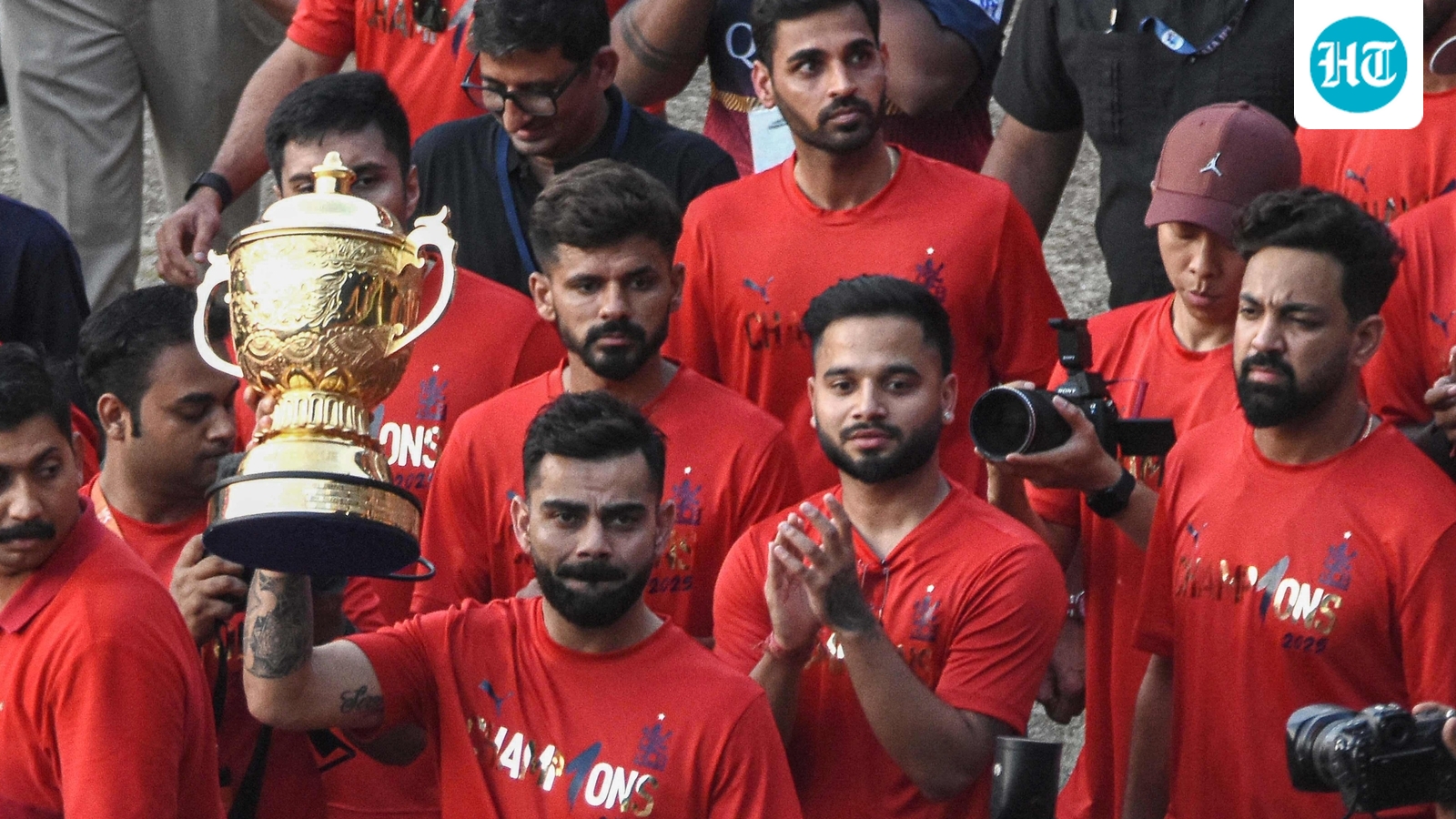
Mumbai: For far too long, Axar Patel had to play the waiting game. That can be frustrating and demotivating in equal measure. But the cheerful all-rounder has been able to turn the corner over the past two years.He played a key role in India’s ICC trophy wins — 2024 T20 WC, and 2025 Champions Trophy, became captain of his IPL franchise Delhi Capitals and added massive batting chops to his allround package.
He could achieve this because the idea of competing with Ravindra Jadeja, one of the world’s best all-rounders, did not puncture his spirit. During his time on the bench, he sought out ways to upgrade his game.
“You have to be patient, basically. The more calm you can keep yourself, the better for you. There will always be competition when you are playing for India. Acceptance, that you will have to wait it out, is important,” Axar, who is managed by JSW sports, said in an interview.
He added: “You can easily go into a negative space and start using it as an excuse…’why am I not in the team despite doing well?’. My motivation would always be… how to come back in the team and make an immediate impact. I tried to identify the mistakes, and worked on scoring more consistently. Once I got more game time, started batting at No. 4-5, gained confidence. Then, it became a habit.”
Axar points to the 2022 Trinidad ODI against West Indies where he scored an unbeaten 35-ball 64 to help India chase down 312 as the turning point for his batting. Many high impact batting cameos in the IPL followed. “That’s when I started believing that I can win matches with the bat. I became a different batter,” he said.
With Jadeja retired from T20Is and Axar being positioned for the 2027 ODI World Cup, his hard work is now paying off. In the last two years, the two left-arm spinners have also got opportunities to work in tandem.
“Once we started playing together, things began to work. We may be both left-arm spinners but I bowl in the powerplay and at the death, he bowls in the middle overs. Our wrist position and point of release is different. Obviously, he’s a great all-rounder. I speak with him about mindset. He’s asked me to work on consistency, maintaining my body and how to be ready to bat in any situation.”
Sticking to strength
In Test cricket where Axar is predominantly played in home Test matches, especially on skiddy pitches that suit his bowling. Axar is fully aware of his strengths and limitations and plays his cards well.
“If the ball skids through, I have more chances of lbw and bowled,” he said. “But I ready myself for all sorts of pitches. When the pitch is slow, you have to use more of your shoulder. If the ball is going slow off the pitch, you have to decide whether to pitch the ball full or not. That’s how to set your length.
“But at the same time, you should be aware of your own strength. If the wicket is slow, you will have to bowl slower to deceive him in flight. But if that’s not your strength, you can concede runs. So I will bring my speed down marginally based on my average speed, not the standard speed of another spinner.”
With Jadeja still going strong, and Washington Sundar making an impression, Axar’s play-sitout ratio (14-35 Tests) could extend further in the upcoming South Africa series. But, the Gujarat spinner will keep pushing his case.
Match-ups
Belonging to the less showy style of orthodox finger spin, Axar and his bowling ilk face other challenges in T20 cricket, with many captains shy of using left-arm spin against left-handers based on match-up data.
“It’s become a trend, but I don’t believe in match-ups too much,” he said.
“If the batter (of unfavourable match-up) plays a big shot, you also get a chance to get him out. If you have runs to play with, you can take a risk. You also have to look at whether he is the best bowler in your team. After all, you have to play with skills and the mindset. Obviously, if the pitch is doing nothing, I won’t expose the left-arm spinner to the left-hander.”
Having captained in the IPL, comprising a bowling attack led by Mitch Starc, Axar learnt other traits too. “After the good run we had at the beginning, when we lost some matches (after Starc left), I got a real taste of captaincy. I learned how to take the team along,” he said. “As captain, you may get a different message from outside, you have to manage all that. It’s important to back your instincts because you are the closest to the action. That’s how I started taking more responsibility.”






